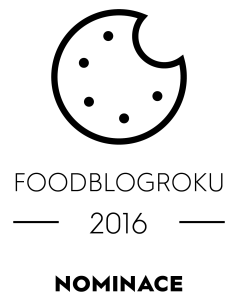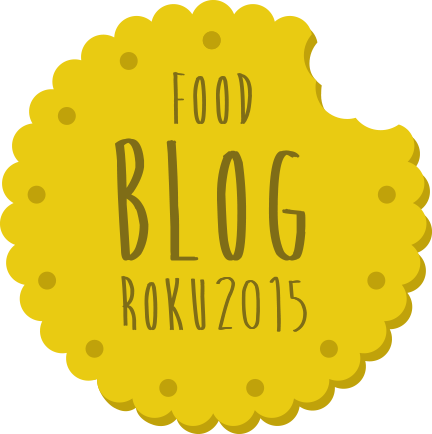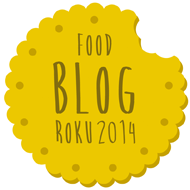Rye clove with apples
31. October 2012

For a couple of weeks I've been checking out my mum and testing my new rye jelly from apple fermentation and now I like to share it with you because we are very happy with it.
Progressive water should be used, not tap, because it contains chlorine that could inhibit the process. For those who do the first time, choose a large enough pot on the second and third day, especially if the environment is warm and the quails are thinner, a stormy fermentation can occur and the kitchen will be damaged. I will still give the basic principle, the quail works and is satisfied, it is frozen if it grows. As soon as it starts to fall, it means that it has already processed and is hungry.
Prepare the ripened clove partially for baking bread (about 150-300 g) or cooking a Giant Husbandry, and rest for 3 days to rejuvenate or store for a few days in the refrigerator waiting for a new rejuvenation. The rule is that the older the quaker, the better and the more effective it is, the advantage is to preserve and nurture it. If something is wrong with it, the smell and taste will not just be pleasantly acidic, but it will be very uncomfortable. Here's a few more information on why a good and healthy quince is found in a potato bread recipe, where there is a link to a page of just baking and baking bread.


Postup
Cut the apples, including the peel, or cut them into pieces. Put them in the pot, pour them with water, add honey and stir well. Cover this mixture with a food foil and let it warm for 5 days in a warm place. Make sure the apples are sunk. You can help with weights, saucer, stone, which you put on the foil so that the apples are sunk.
After 5 days, drain the liquid (the apples can be thrown away) and mix with 200 g of whole wheat flour, stir well and leave for 12 hours under the foil in a warm place.
Next day rejuvenate the quail so that you add 70-100 g of rye flour and spring water to create a thicker slurry. Once again, let it ferment under the foil until the next day.
Repeat this process of so-called rejuvenation twice every 24 hours. You can bake the bread the next day after the last rejuvenation. You can make the paste consistency thicker every day, the clove is stronger, and the more dense the environment makes it harder to work with, and it hardens it.
















